The spring water from this district reached the large rectangular pillar of eleven meters that was surrounded by plates for scrubbing clothes while washing
The works consisted of the recovery of the monument and its adaptation for visitation, including a back and railing for the pergola and railings with wooden springs.
Fulgencio Gil Jódar, Primary: «Clothing is a fragment of Coy’s history. An inheritance, a witness to community life, which was essential for recovery and capitalization»
On Monday, July 21, 2025. Lorca of previous times, when the flowing water did not reach their homes, but was full of public washes that served not only to wash clothes but also the «utensils» of the kitchen and cooled off when the heat became more intense in the summer. In Brasadilla de Totana, Doña Inés… these spaces were recovered, to which the laundry room of shy was added in these days. «The laundry room is a fragment of Coy’s history. An inheritance, a witness to community life, which was essential for recovery and capitalization,» said Mayor Fulgencio Gil Jódar on Monday.
When the current water reached our homes «they lost their function,» but they are «historical heritage, ethnographic elements, that we should not let disappear. We had to keep the memory of these spaces that were a meeting point. It was the place where neighbors knew what had happened, knew the latest news.
The students of the experimental programs and the workers of the local public employment subsidy of the local development department carried out the recovery and reconstruction of the «La Para» wash, but also carried out maintenance and tasks at Coy’s River Beach. «In the latter, rest, lamps, bridges, and umbrellas.
Coy Beach meant: «It is one of the most beautiful river spaces in the entire region. The place has a special charm, surrounded by nature and with large pins that allow shaded areas. A few meters from a spring, its contributions fill the pool with crystal-clear waters and with a desired temperature in these days of intense heat.»
Regarding the works presented in the laundry, they consisted of earth movement for the conditioning of the land, the execution of 30 square meters of concrete block for pedestrian access from Fuente to Lavadero street. 60 square meters of concrete sole for pedestrian access, 40 square meters of masonry wall on the perimeter of the laundry, placing 140 square meters of stone rope during the floor, the execution of two access stairs made with wooden beams, a wooden two-water pergola, and 40 meters and 40 meters. wood.
«The intention was to recover the monument to make it visible, but also so that, at specific times, if the neighbors need it, they can use it. These works, as he said, were carried out with regional advice and with local public employment workers, which considerably reduced costs, which only had to face the materials that were around 35,000, and was around 35,000.
The laundry floor has an elongated rectangular battery of 11 meters and, surrounded, plates on which the clothes were restricted. «They had a certain slope, so that the water that entered from one side came out the other and, therefore, the dirt from the clothes was dragged. The original pieces in the laundry that supplied the water that came from the shy spring were maintained. And I tell the oldest of the place that exactly said the most demanded space.»
Gil Jódar referred to the anecdotes of these washers. «They were used to wash clothes, but many came here to scrub kitchenware. And even the little ones bathed when the heat slid. Clothes were washed at home when the level dropped considerably.»
These «monuments,» a testimony to living habits, served the inhabitants of the districts, but also of the city. In the latter, near Fuente del Oro, there was the municipal laundry room, on the street at that time on Los Caños de Cerón, the current Anda de Santa Clara. The arrival of flowing water into the houses left it in use, disappeared in 1966, and municipal rains were built. That laundry room had several pillars on its ground floor between the arches and, on the upper floor, there was space to use clothing. It had a somewhat particular facade of the Hispano-Rab style. The project was carried out by the architect Jaime Bort Milia, the author of the Old Bridge and the facade of the Cathedral in Murcia.
The recovery of the historical shy laundry is part of a project that aims to appreciate the singularities of each district. «We want to highlight the particularities of these enclaves and that they become an attraction that is enjoyed not only by the neighbors but also by visitors,» concluded the mayor.

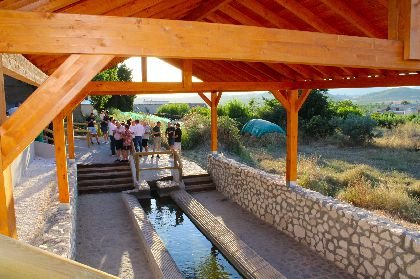
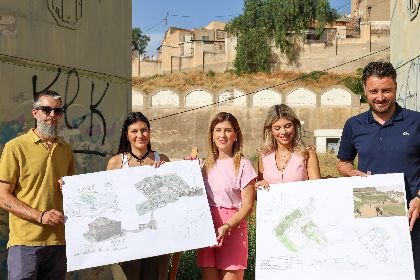
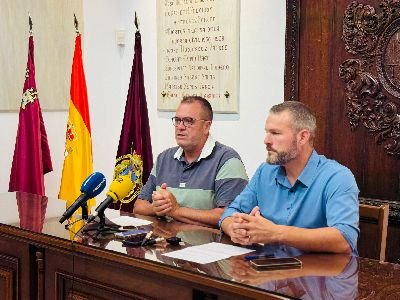
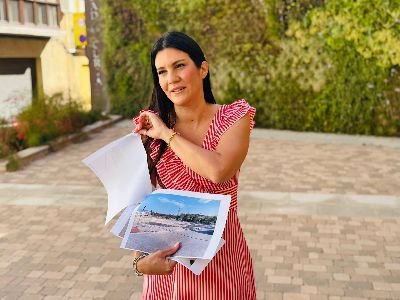


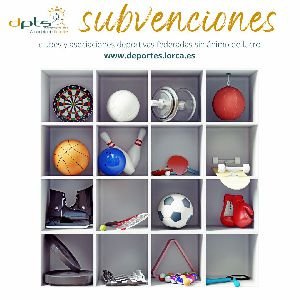
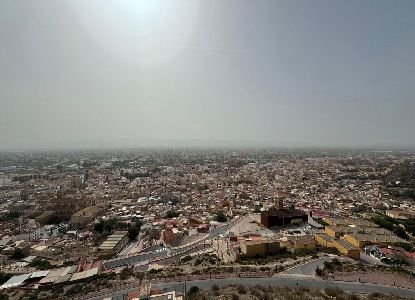

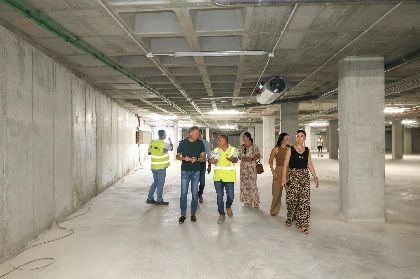
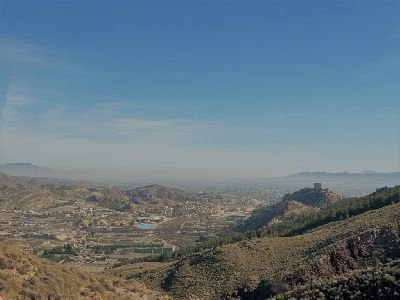
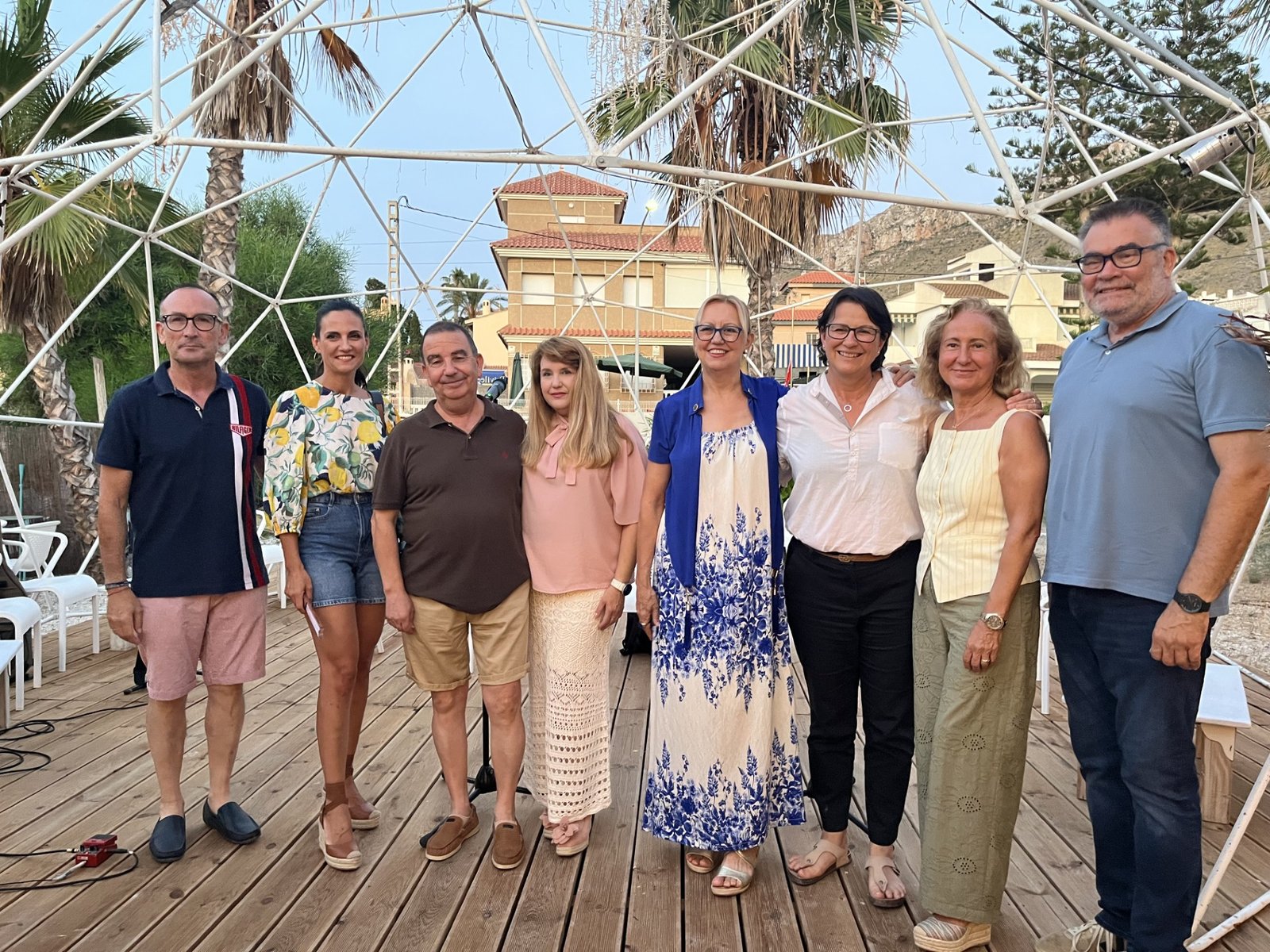
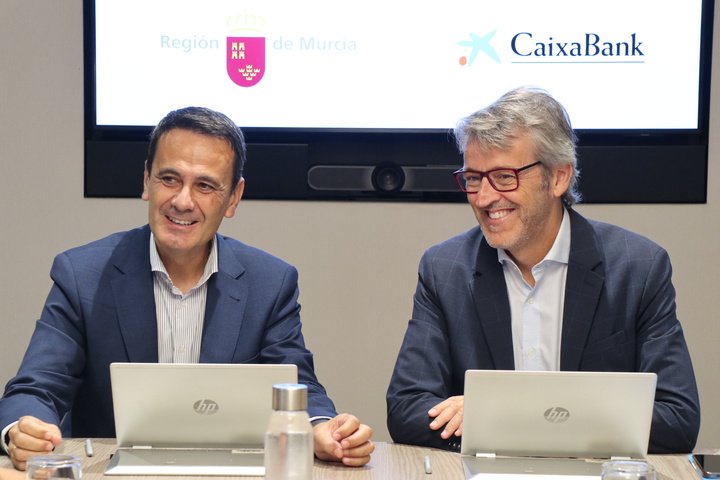
Deja una respuesta